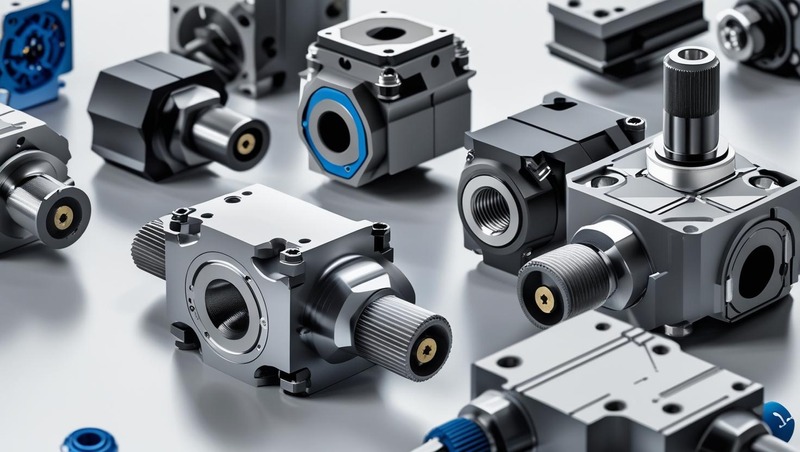The angular position sensor market is experiencing robust growth, driven by a blend of technological innovation, rising demand for precision automation, and the expanding footprint of smart systems across various industries. These sensors, which measure the angular displacement or rotation of objects, play a crucial role in enhancing system performance, reliability, and control across automotive, industrial, aerospace, healthcare, and robotics sectors.
One of the primary market drivers is the accelerating demand for automotive electronics, particularly in electric and autonomous vehicles. Angular position sensors are vital in applications such as throttle position monitoring, steering angle detection, and braking systems. With the automotive industry rapidly shifting towards electric mobility and driver-assistance systems, the need for accurate and durable sensors has intensified. These sensors ensure seamless operation of advanced driver-assistance systems (ADAS), contributing to vehicle safety and performance.
Download PDF Brochure @ https://www.marketsandmarkets.com/pdfdownloadNew.asp?id=17719728

Industrial automation is another significant growth driver. As factories adopt Industry 4.0 principles, angular position sensors are increasingly deployed in robotic arms, conveyor systems, and CNC machines to ensure precise motion control and feedback. The emphasis on reducing downtime, enhancing productivity, and maintaining consistent product quality is compelling manufacturers to integrate high-resolution angular sensors into their automated systems. The demand is further fueled by the need for predictive maintenance, where sensors provide real-time positional data to identify anomalies before failures occur.
Aerospace and defense sectors also contribute to the expanding application base for angular position sensors. These sensors are employed in control surfaces, navigation systems, and flight control mechanisms, where accurate angular measurements are critical for mission success. The growing investment in drone technologies, satellites, and defense systems continues to open new avenues for sensor integration, especially with the emphasis on lightweight and high-performance components.
Healthcare and medical device manufacturing present an emerging growth frontier for angular position sensors. In surgical robots, rehabilitation equipment, and diagnostic imaging systems, these sensors facilitate precise positioning and motion tracking, enabling accurate, minimally invasive procedures and patient care. As the medical industry evolves towards robotics and personalized treatment, the role of angular sensors will become increasingly prominent.
Technological advancements such as the development of contactless magnetic sensors and the integration of MEMS technology are further propelling market expansion. These innovations enhance sensor durability, reduce wear and tear, and enable operation in harsh environments. Furthermore, the growing trend of integrating sensors with IoT platforms and AI-based analytics is enhancing their value proposition. Real-time monitoring and smart data processing allow for more responsive and adaptive systems, especially in dynamic operational contexts.
The shift toward renewable energy and sustainable infrastructure is also creating demand for angular position sensors in wind turbines and solar tracking systems. Accurate position sensing enables optimal alignment with environmental conditions, thereby maximizing energy efficiency and operational reliability.
In conclusion, the angular position sensor market is poised for sustained growth, underpinned by advancements in automotive electronics, industrial automation, aerospace innovation, and healthcare robotics. As smart technologies become more pervasive and application requirements more demanding, angular position sensors will play a pivotal role in enabling precise, intelligent, and efficient systems across sectors.
